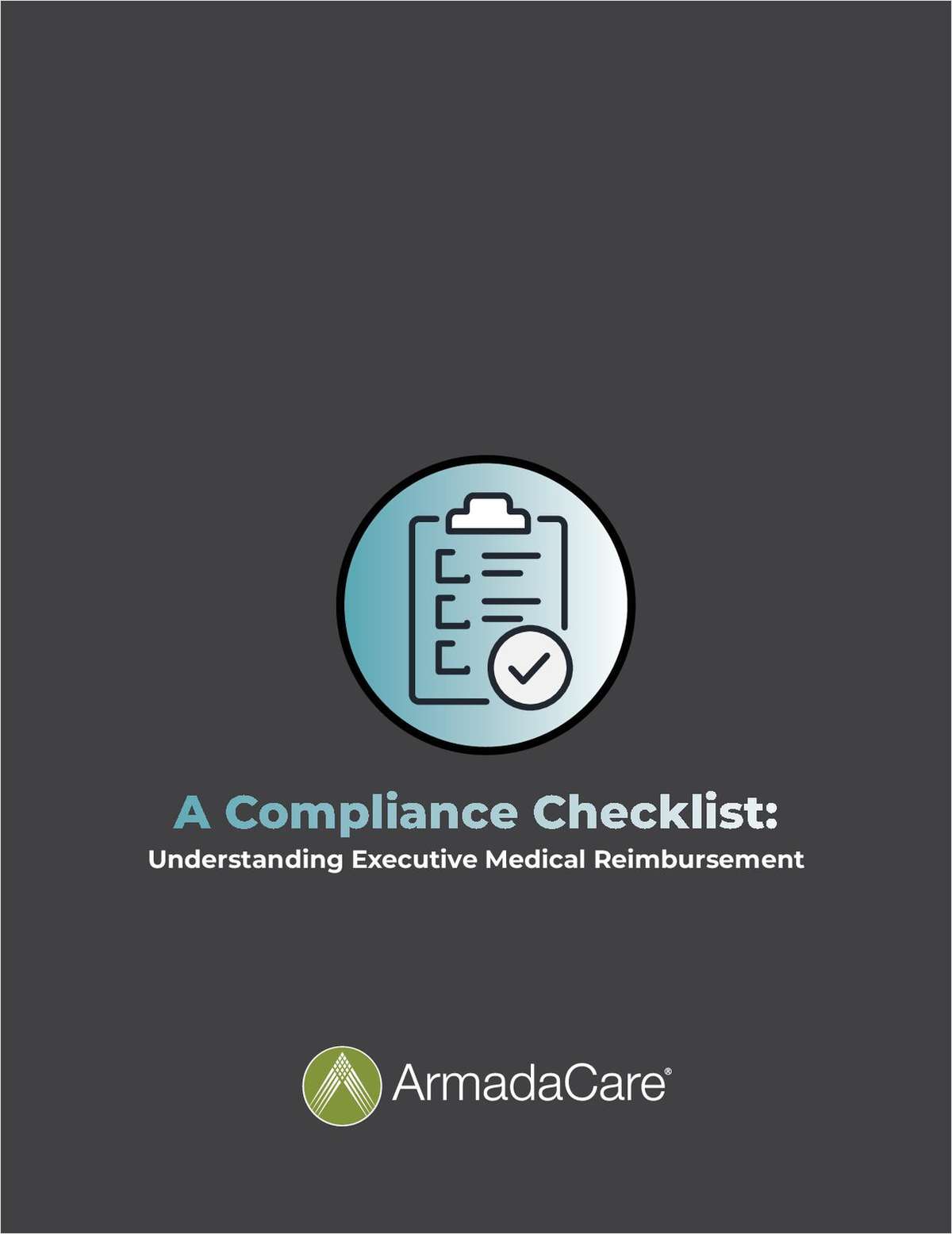 If Congress were to expand tax credits, it could help offset the new spending by limiting provider payments or putting in place a public option. (Photo: ShutterstocK)
If Congress were to expand tax credits, it could help offset the new spending by limiting provider payments or putting in place a public option. (Photo: ShutterstocK)
A new analysis by the Urban Institute, a liberal-leaning think-tank, says that introducing a public option health care plan would increase coverage by 1.2 million and save the federal government $12 billion a year.
The public option was one of three left-leaning policies the group assessed as part of the study. The other two: capping provider payment rates or extending Affordable Care Act premium tax credits to those above the current income limit.
By limiting provider payment rates, the study found, federal spending would drop by more than $19 billion a year. It would also reduce the amount spent by each ACA enrollee by about 22 percent, or $150 per month. The reduced costs would lead 312,000 more people to enroll in coverage, the study projected.
Related: Public options in health care making entrance via states
Currently, those with incomes above 400 percent of the federal poverty line are not eligible for premium tax credits. The great majority of ACA enrollees have incomes below the threshold and are not affected by major increases in the sticker price of health plans, since the federal government has set the price of their plan based on their income. Those with the lowest incomes generally do not have to pay more than 2 percent of their earnings toward a plan, while those right below 400 percent FPL pay no more than 9.6 percent.
The study estimates that allowing higher-income people to claim the tax credit would increase enrollment by 912,000 and lower average per-enrollee premium spending by 18 percent, or $130. However, it would also increase federal spending by more than $8 billion.
If Congress were to expand tax credits, it could help offset the new spending by limiting provider payments or putting in place a public option that pay providers less than commercial plans. In either case, the rates could be set “lower than the current private insurer average but still somewhat higher than Medicare's rates.”
The study authors argue that high provider payments in some areas of the country can be blamed on a lack of competition among hospitals, due in some cases to mergers.
Read more:
Complete your profile to continue reading and get FREE access to BenefitsPRO, part of your ALM digital membership.
Your access to unlimited BenefitsPRO content isn’t changing.
Once you are an ALM digital member, you’ll receive:
- Breaking benefits news and analysis, on-site and via our newsletters and custom alerts
- Educational webcasts, white papers, and ebooks from industry thought leaders
- Critical converage of the property casualty insurance and financial advisory markets on our other ALM sites, PropertyCasualty360 and ThinkAdvisor
Already have an account? Sign In Now
© 2025 ALM Global, LLC, All Rights Reserved. Request academic re-use from www.copyright.com. All other uses, submit a request to [email protected]. For more information visit Asset & Logo Licensing.








